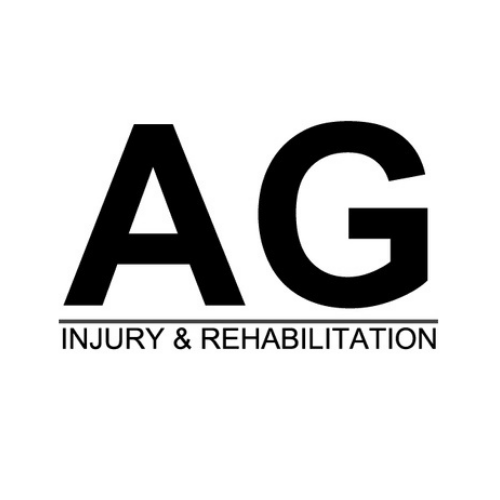
One newly reported symptom of Coronavirus, especially since the Omicron variant was found, is back pain. But it is reported that 80% of adults will experience some form of back pain in their life time, so how do you determine whether or not your back pain is down to the dreaded C-bomb, or if it's caused by something else?
First, there are a few factors known as "red flags" when it comes to back pain. If you tick any of the following boxes, you should get your back pain checked out immediately to rule out anything serious:
- Trauma - have you suffered a blow directly to the back, or involved in an accident such as a car crash which may have caused your back pain?
- Unexplained weight loss - have you noticed any weight loss and can't put a finger on why?
- Neurological symptoms - do you have any change in feeling in your limbs or have a "pins and needles" sensation anywhere?
- Age >50 - are you under 50 and suffering from severe back pain?
- Fever
- Intravenous drug use
- Steroid use
- History of cancer
Even if you have the smallest of links to any of the points above, it's better to get checked out immediately, to be on the safe side. Although unlikely, it could be a sign that there's something a little more serious going on.
COVID-9 and Back Pain
One symptom that began being reported not long into the global pandemic was joint and muscle pain. I personally had COVID back in August 2021 and noticed achey knees (more than my usually aches and pains) when walking up and down the stairs. It wasn't until a week later when I'd got my PCR result back when I put two and two together and realised that was one of the symptoms. Since then it's been a little more widely reported that you might feel achey if you have the virus.
Just like any other virus, we sometimes feel aches and pains in our joints when moving around. This is caused by a combination of things such as resting up more so naturally moving less. This is no different to the Christmas period where you lie up watching festive films, eating endless amounts of Quality Street chocolates and drinking excessively. The inactivity might make you feel lethargic and "achey". This is no different. Because you're feeling a bit rubbish you might wrap yourself up on the sofa or in bed watching Netflix to keep yourself entertained for the next 10 days. If your body isn't moving as much as it normally would, you might start to ache.
Another reason may be because your breathing is affected. The reason we breathe is to get oxygen into our lungs through to the blood and around our bodies to help our muscles work. This is why we breathe heavier during exercise, to get more oxygen into our blood. So if you're breathing is slightly different to normal, your oxygen levels could potentially change, having an effect on the rest of your body.
What else causes back pain?
There are hundreds of causes of back pain, some milder than others.
Other common causes include (but are not limited to):
- Muscle strain
- Inflammation
- Arthritis
- Osteoporosis
- Spinal disc injury
- Stress
- Fibromyalgia
- Weight gain
- Muscle weakness
It may be helpful to think careful to when your back pain started. You may have had some level of back pain for a while but have only noticed it because someone has mentioned back pain being a symptom of the coronavirus.
Is it safe to exercise after having COVID?
Just like most illnesses, it's important not to rush back into exercise after having coronavirus. It often affects your cardiovascular system - how you breathe and get blood around the body. For this reason, it's important not to rush back into high intensity exercise and put unnecessary stress on your body.
In fact, you might not feel like it anyway!
A lot of people report not feeling too sharp for a while after having COVID. It might take a few days, weeks or even months before you feel back to yourself. So take it easy.
It might be worth starting with light exercise like going for short walks or doing some stretches - maybe even Yoga or Pilates classes online. You can slowly build up to the level of activity you were at pre-covid.
Low intensity strength work can resume when you feel like it too. This can be a simple as walking up and down the stairs a few times, or doing light movements with resistance bands.
The overriding message is to go at your own pace and not rush back to "normality". There's no rush and everyone recovers at a different speed. Not to mention rushing back to high intensity exercise leads to a higher risk of injury... but that's a post for another day...
How did you feel after you had COVID? Let us know in the comments below... judging by the daily stats, there should be a lot of us!


